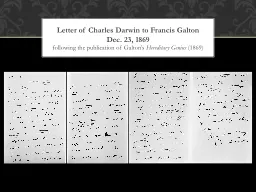PPT-Graduate Jobs Francis Green and Golo Henseke
Author : dudeja | Published Date : 2020-06-24
Workshop at Warwick Institute for Employment Research 9112016 1 The changing graduate labour market Recent period has seen BOTH Ongoing rapid expansion of HE with
Presentation Embed Code
Download Presentation
Download Presentation The PPT/PDF document "Graduate Jobs Francis Green and Golo He..." is the property of its rightful owner. Permission is granted to download and print the materials on this website for personal, non-commercial use only, and to display it on your personal computer provided you do not modify the materials and that you retain all copyright notices contained in the materials. By downloading content from our website, you accept the terms of this agreement.
Graduate Jobs Francis Green and Golo Henseke: Transcript
Download Rules Of Document
"Graduate Jobs Francis Green and Golo Henseke"The content belongs to its owner. You may download and print it for personal use, without modification, and keep all copyright notices. By downloading, you agree to these terms.
Related Documents














